From banging shins on sharp furniture corners to slipping in the shower, it’s no surprise that home accidents are one of the leading causes of injury and death. Here are a few of the most common things that could lead to a trip to the doctor or ER — and how to prevent them.
Cooking Accidents
Cooking has got to be the most dangerous activity most of us do on a regular basis (besides, perhaps, driving). There are sharp objects, flames, breakable and burnable items and chemicals all mixing together (even making gravy or microwaving water can be explosive). Since the kitchen is the most dangerous room in the house, here are a few kitchen safety tips to get down pat:
- Keep your knives sharp, since knives are much more dangerous when they’re dull. Know how to wield them properly.
- Make cutting boards more stable with a damp towel, shelf liner or rubber bands.
- Turn pan handles inward to keep out of reach from children and also so you don’t accidentally knock the pan over.
- Know how to put out a kitchen fire (don’t throw water on it!).
- Learn how and where to store food properly — it’s not just for extending the shelf life, it’s also for avoiding accidental food poisoning, cross-contamination and other health hazards.
- Be careful when opening stubborn glass jars. Although there are quite a few tricks you can use, I’ve seen firsthand a jar shattering with a simple twisting method and requiring stitches. Not a pretty sight.
- Don’t rush, and don’t cook when you’re about to fall asleep or have been drinking too much.
Falls
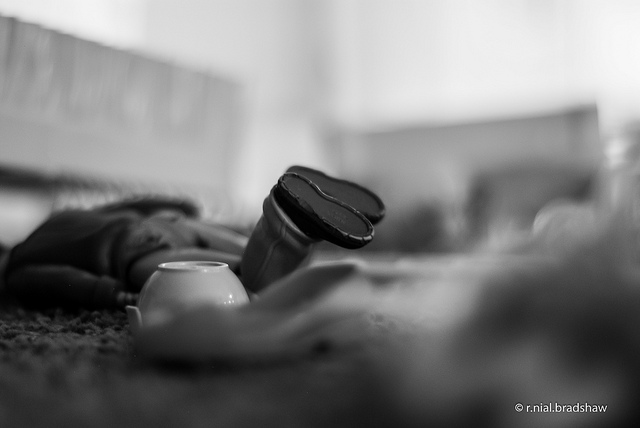
Falls are the number one cause of unintentional injuries in the home. Where do people fall? Not just on the stairs and off ladders, but tripping on rugs and cords, out of bed, and in the bathtub. So while the tips below might seem just like common sense, that common sense — and simple prevention — could save thousands who die each year from slipping or falling (25,000 fatalities in 2009). The National Safety Council recommends:
- Secure electrical and phone cords out of traffic areas (uber-versatile Command Hooks work great for this purpose)
- Remove small throw rugs or use non-skid mats to keep them from slipping
- Remove tripping hazards (paper, boxes, toys, clothes, shoes) from stairs and walkways
- Periodically check the condition of walkways and steps, and repair damages immediately
- Never stand on a chair, table or other surface on wheels
- Clean up all spills immediately
I’d also add:
- Make sure the railings on the stairs and handles in the bathtub/shower (if you have them) are secure — and use them. Don’t worry about feeling like an old lady or toddler doing this; it could help you reach a ripe old age.
- Make stairs less slippery by adding sand to paint or adding stair treads.
- Illuminate hallways and stairs with motion-sensing lights, whether it’s the DIY kind or something like the Belkin WeMo. (Sure could have used that when my dog used to hang out in doorways and at the foot of the stairs, just begging to be tripped over in the dark.)
Poisoning
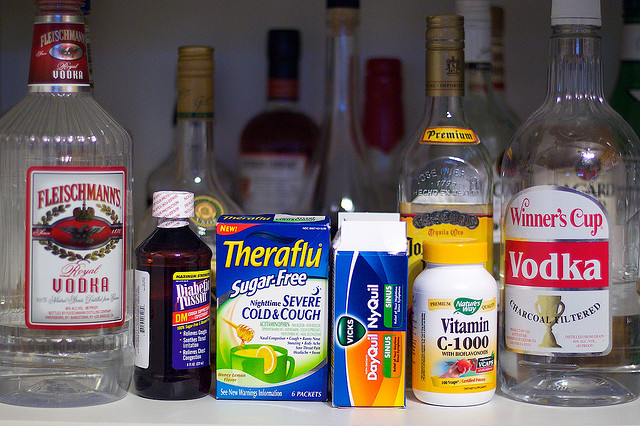
You might be surprised to learn that poisoning is among the top 10 leading causes of ER visits for nonfatal injuries — not for children, but for everyone ages 15 and up, according to data from the CDC. The biggest problem is the many ways prescriptions and over-the-counter medicines can negatively interact with other medicines and substances (even certain foods). Your pharmacist is an excellent source for this information. Make sure you keep prescriptions in their original, clearly labelled containers and post the number for the Poisons Information Centre (13 11 26 in Australia) somewhere prominent, along with all your other emergency numbers.
Strains, Pains and Hernias from Moving Heavy Objects
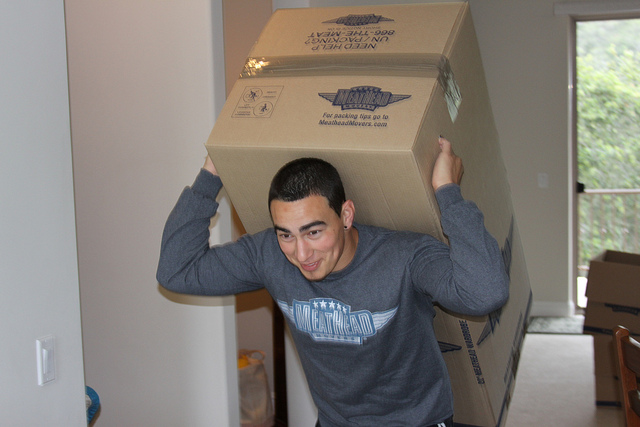
You don’t have to be a weakling to get seriously hurt moving heavy things around. Just holding your body improperly can cause injury. Reader’s Digest offers a few tips to save your back: Get as close to the object as possible, flex your knees rather than bending at the waist when lifting something, keep your back straight when lifting, and move your feet rather than twist your back if you have to turn while pushing or pulling.
Pushing is usually easier and more effective than pulling, and much better for your back than lifting. There’s a saying: “Never lift what you can drag, never drag what you can roll, never roll what you can leave.” A few smart tools and tactics can make moving heavy furniture less straining:
- Make furniture sliders out of aluminium foil, cardboard or plastic.
- Turn a piece of carpet remnant upside down and slide the piece through the room. The carpet pile will glide over hard floors and protect the floor. You can also use blankets or newspapers.
- Drag heavy landscape items with a piece of carpet too, a heavy blanket or a plastic picnic table cover.
- Wheels help! If you have a hand truck or dolly, great. (In a pinch, I’ve moved heavy bags of garden soil with a child’s ride-on toy.) You can also roll things on a sort of conveyor belt you make using PVC pipe.
- Build a ramp with a piece of wood to slide things down stairs.
- If you need to move heavy things up the stairs, check out this video showing a lever and belt method.
- Test heavy objects first by lifting one corner. If it’s too heavy, get help!
DIY and Landscaping Accidents
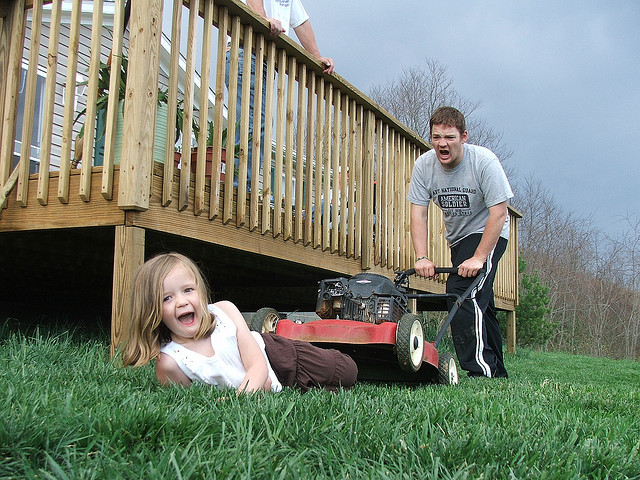
It goes without saying, but power tools and landscaping equipment with sharp blades and rotating teeth should be handled with care. Be realistic with what DIY home improvements you can and shouldn’t do — especially risky things involving electrical lines or gas pipes. PBS offers several tips for DIY safety, including:
- Set a ladder at the proper angle: the distance from the base of the wall to the base of the ladder should be one-quarter the height of the ladder (check your ladder for a graphic guide).
- Never use your hand to try to get an object caught in the blade, even if the engine is off and the plug is pulled. If it’s under tension, the blade could still spring forward after the object is removed.
- Keep your tools sharp!
- Don’t use power tools in the rain.
- Wear eye and ear protection when landscaping; safety glasses with power tools or a hammer.
It might look funny to be wearing goggles while you mow the lawn, but rocks and other objects can go flying from the lawnmower. Watch out for any such items on the ground, lest you maim yourself while mowing the lawn. (And yes, try to keep kids clear of dangerous equipment.)
Accidents More Common for Children
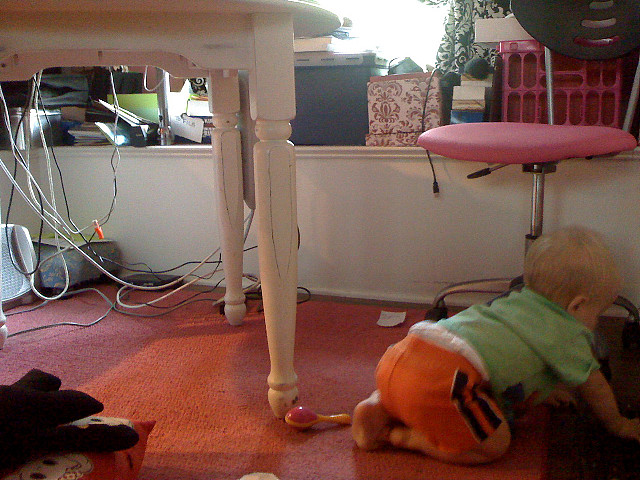
If you have young kids, you have even more work to do making your place safe. We’ve shown you how to baby-proof your home before, and it doesn’t have to be an exhausting process. The most important things are to keep dangerous substances locked away, choking hazards out of reach, windows on high floors gated or locked, and, above all, those young ones supervised.
There’s no need to be paranoid or anxious about everyday accidents, but knowing the common dangers and being mindful of them can go a long way towards making your home a safe haven, rather than a death trap.
Photos by r.nial.bradshaw
, cogdogblog, Meathead Movers, allygirl520, Kelly Sue.
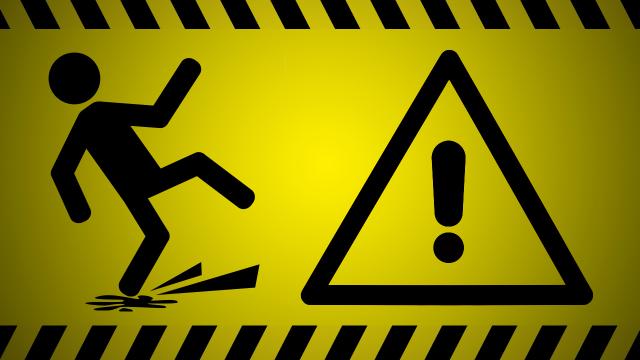
Comments